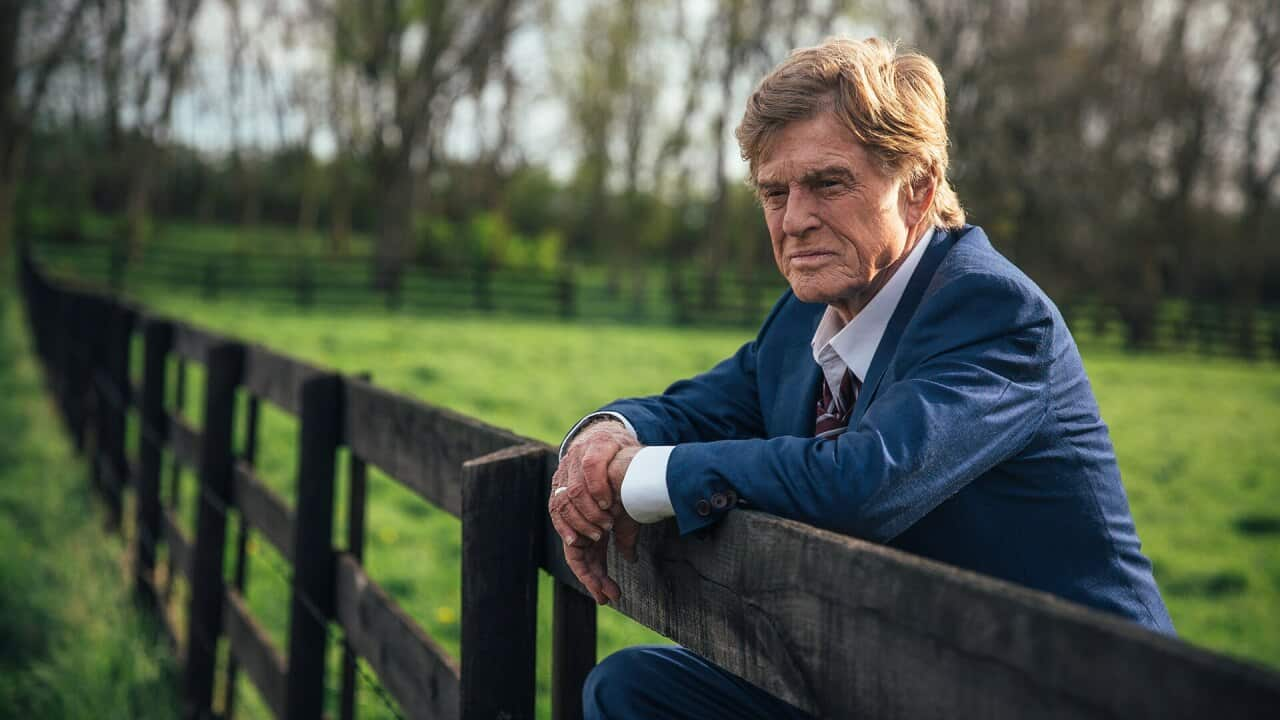Looking for some entertaining family movies these school holidays? Here are two great choices, so put on your pith helmets and safari suits and explore Robinson Crusoe (loosely based on Daniel Defoe’s novel of the same name) and Amazonia (a documentary-style adventure starring a real capuchin monkey).
Robinson Crusoe
The 2016 animated comedy Robinson Crusoe – screening on NITV and also – is an offbeat adaptation of English author Daniel Defoe’s 1719 novel about a mariner’s adventures after he’s shipwrecked and marooned for nearly 30 years on a remote tropical island in the West Indies. Before his eventual rescue, Crusoe encounters cannibals and pirates, while also befriending an Indigenous man who he christens ‘Friday’.
The book’s essential details are kept for the celluloid remake by directors Vincent Kesteloot and Ben Stassen, although some of its more problematic elements – including Friday himself – have been removed.
Being interviewed at Anima: The Brussels Animation Film Festival, Kesteloot that they put a unique spin on the classic tale.
“We looked more for humour,” he said, “and imagined it from the point of view of the animals [on the island].”
The movie begins when pirates led by Captain Long John Silver rescue a long-haired, bedraggled castaway from an island. His name is Robinson Crusoe and a flashback reveals how he came to be there.
Months earlier, the frail-but-resourceful Englishman, accompanied by his pet dog Aynsley, is seeking fame and fortune in the Americas when his ship is hit by a terrible storm and smashes onto the rocks of an uncharted island.
The only other survivors are the ship’s two mangy cats, May and Mal – Crusoe sneeringly refers to them as “ratters” – who hate him and Aynsley with a passion.
Noting the arrival of these strangers are the local animals led by the parrot Mak, who dreams of one day leaving the island and exploring the world.
Misled by the crafty cats into thinking that Crusoe and Aynsley are monsters, the animals initially try to drive them off the island. Eventually, the misunderstanding is resolved and Crusoe slowly befriends the animals, even giving Mak the new name of ‘Tuesday’. They combine forces to build a treehouse and other creature comforts to improve their lives. However, Crusoe never gives up hope of one day being rescued and Mak’s desire to accompany him causes conflict with the other animals.
They combine forces to build a treehouse and other creature comforts to improve their lives. However, Crusoe never gives up hope of one day being rescued and Mak’s desire to accompany him causes conflict with the other animals.

Crusoe and Mac Source: StudioCanal
Meanwhile, they must contend with the threat of May and Mal, and their large brood of hungry kittens, who seek revenge on the Englishman and his new allies.
And yet another danger looms when Long John Silver and his cutthroat crew arrive on the island.
Just be aware that when it comes to the jungle there’s no guarantee that every loveable critter will live to see the end credits.
Robinson Crusoe’s directors were determined not to give the animals any obvious human characteristics.
“It was extremely important to maintain the difference between animal and human,” says Kesteloot in his director’s notes. “If Crusoe gets stranded on an island where animals walk upright, wear clothes and invite him to dinner, we risk losing one of the essential themes of the story: the isolation of a human being separated from his fellow man.”
The French/Belgian production was dubbed for English-speaking countries but, unlike bigger-budget animated movies, it didn’t feature name actors. Instead, it employed some of Hollywood’s top voice actors including Yuri Lowenthal (Crusoe) and James Arnold Taylor (Mak/Tuesday).
Robinson Crusoe was a modest box-office success, making US$39.5 million against its US$13 million budget. Interestingly, it was given a new title, The Wild Life, when it opened in American cinemas, possibly because the distributors feared not enough children knew about Defoe’s book.
Robinson Crusoe screens on Friday, 7 January at 7.45PM on NITV. It’s also available at SBS On Demand:
Amazonia
Families can also enjoy Amazonia, which uses real animals as its stars.
The 2013 French/Brazilian film is about a capuchin monkey, Saï, who was born and raised in captivity. He’s being transported on a small plane that crash-lands in the heart of the Amazon rainforest.
Our red-collar-sporting hero is forced to fend for himself in the jungle, facing such dangers as a hair-raising ride over a waterfall and terrifying brushes with an anaconda, an eagle and a jaguar. There’s also an encounter with the biggest predator of them all, man, determined to clear the precious rainforest for farmland.
Eventually, Saï comes across a colony of wild capuchins, but being accepted by the other monkeys isn’t easy. Our protagonist must decide whether to stay in the jungle or try to return to civilisation. Directed by experienced documentary-maker Thierry Ragobert, the Portuguese-language film took more than two years to film on location.
Directed by experienced documentary-maker Thierry Ragobert, the Portuguese-language film took more than two years to film on location.

One of the many animals encountered in 'Amazonia'. Source: Le Pacte Biloba Films Gullane
Producer Stéphane Millière says there were no FX, CGI or studio-filmed sequences.
This dedication to authenticity makes Amazonia an extraordinary viewing experience that complements the more outlandish jungle antics of Robinson Crusoe.
Amazonia is streaming at SBS On Demand:



